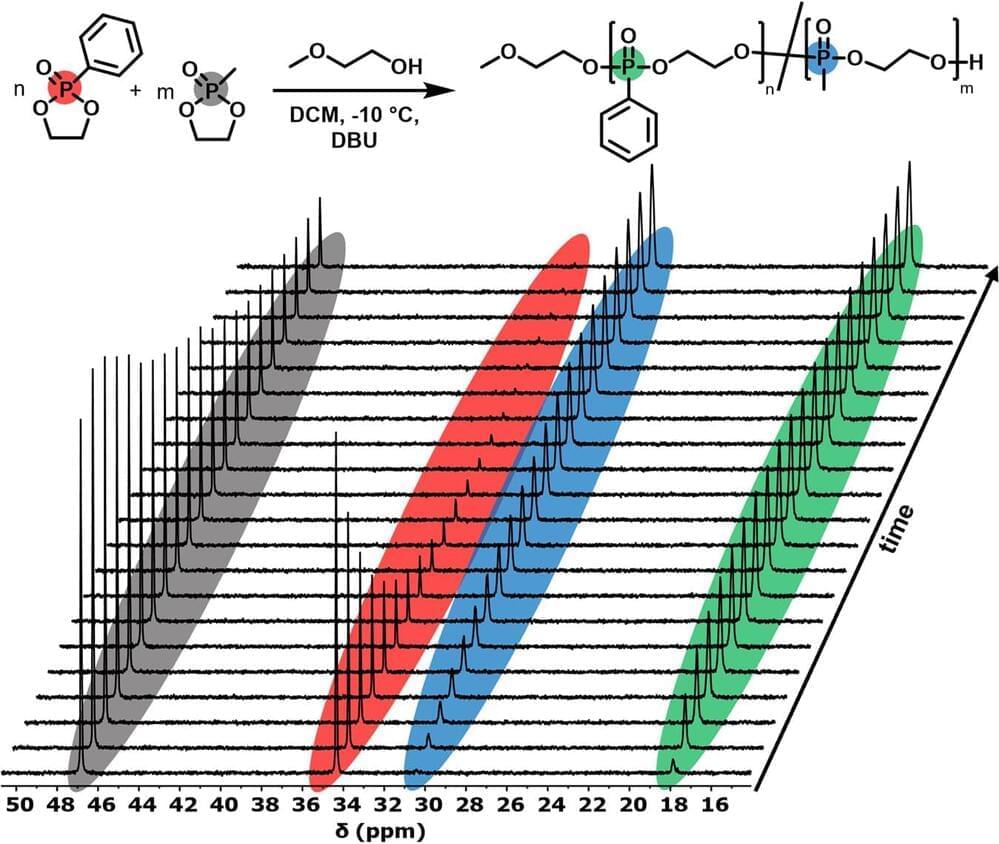At the most recent H+ Academy discussion and debate on the topic of “anti-transhumanist” writings (video below), several transhumanists suggested that we reclaim “transhumanism” from the obfuscations and misrepresentations of the original meaning of transhumanism as a philosophy and worldview.
How did this happen? Over the years, there have been many “opinions” about what transhumanism is or isn’t. These opinions could be personal interpretations of the philosophy, some of which may or may not be true. While diversity is welcome and new ideas are highly valued, the philosophy of transhumanism does have principles that form the core of its meaning. With a lot of leeway for opinion, interpretations can go in directions that are counter to transhumanism. Some of the more extreme opinions have caused a flood of anti-transhumanist bias and even hate. This is not what we want.
What can we do? We need to make it very clear what transhumanism is and is not. And we need to state this publicly and make it available to everyone.








